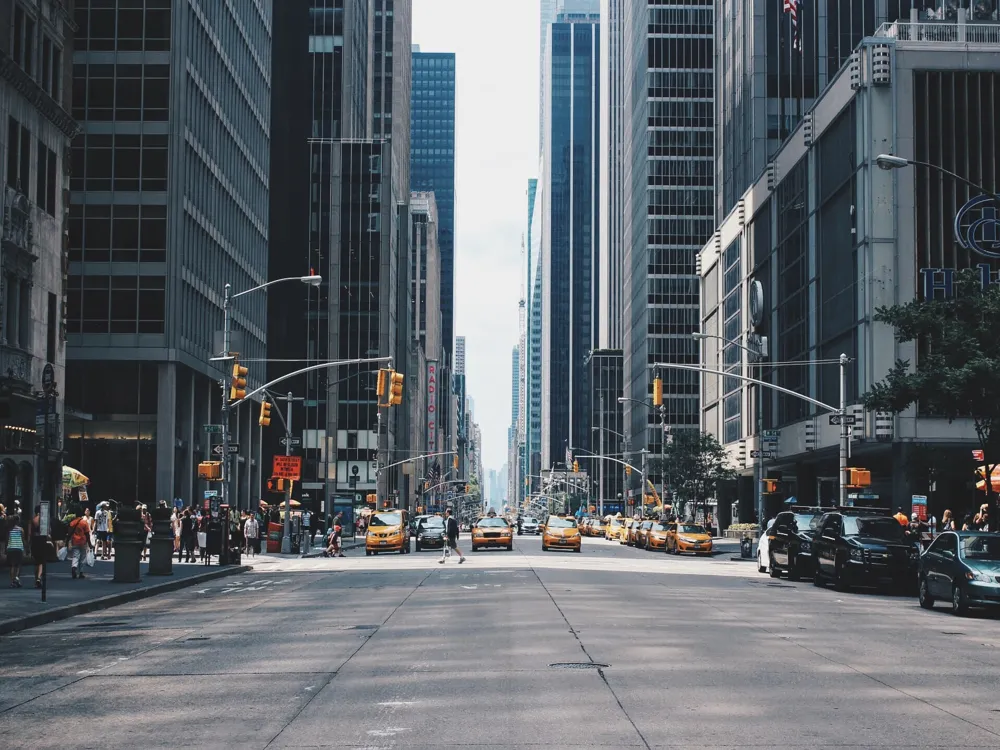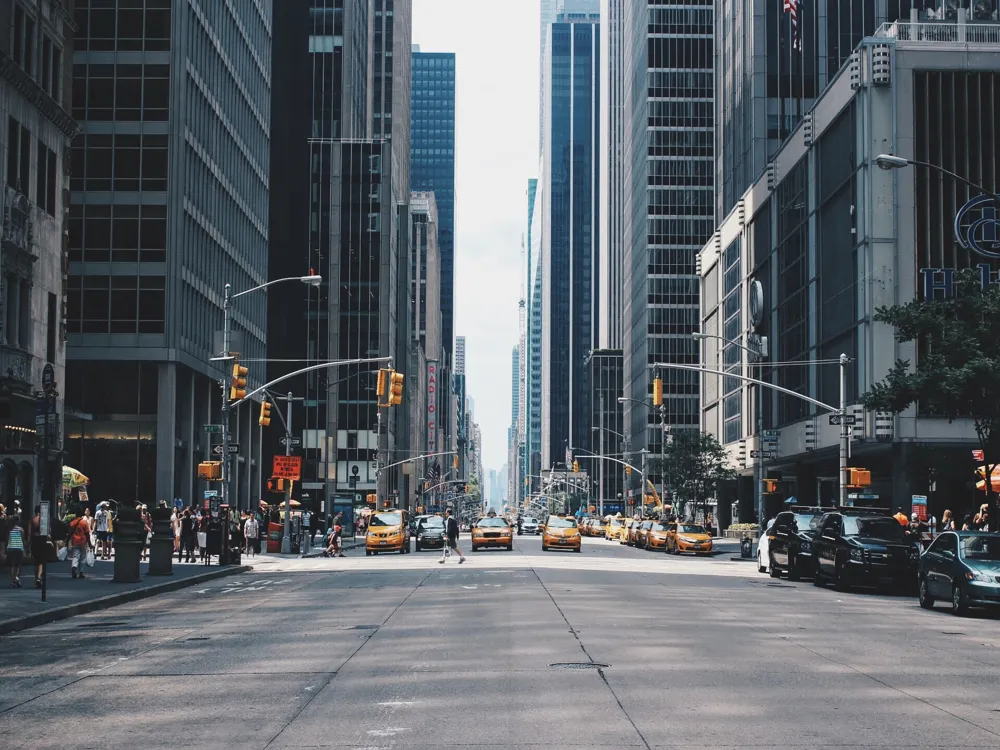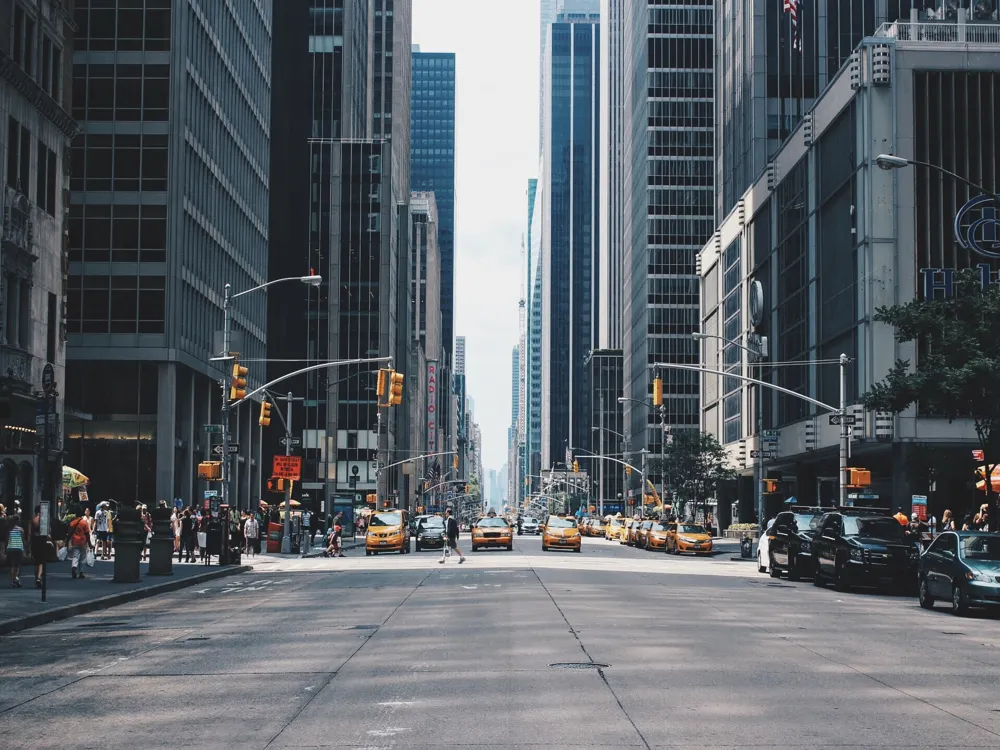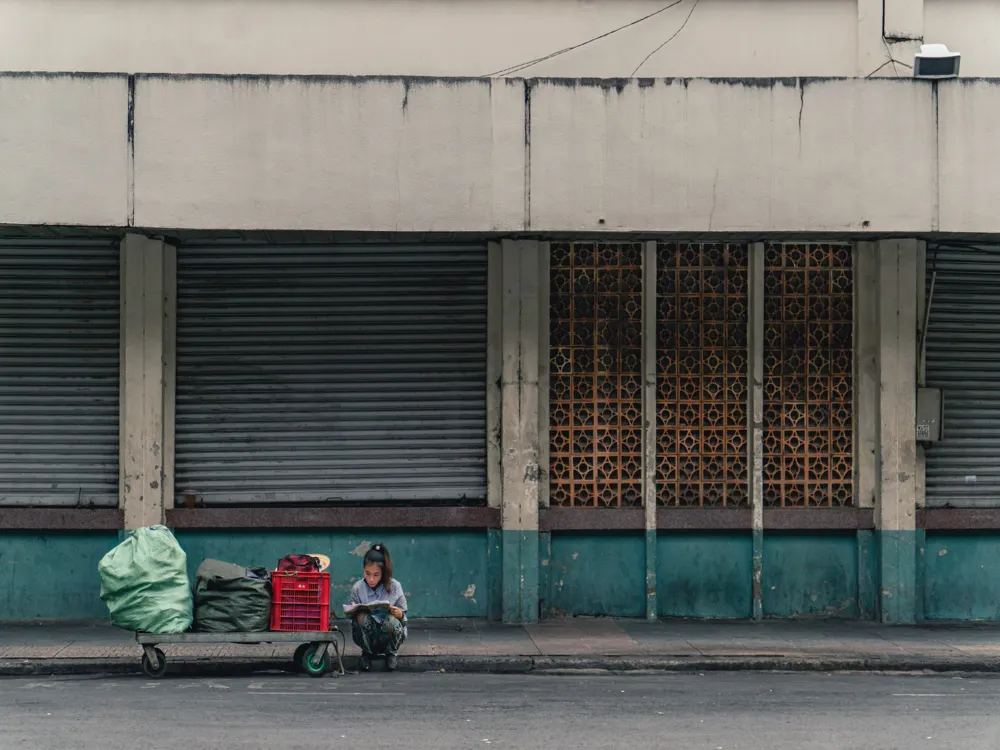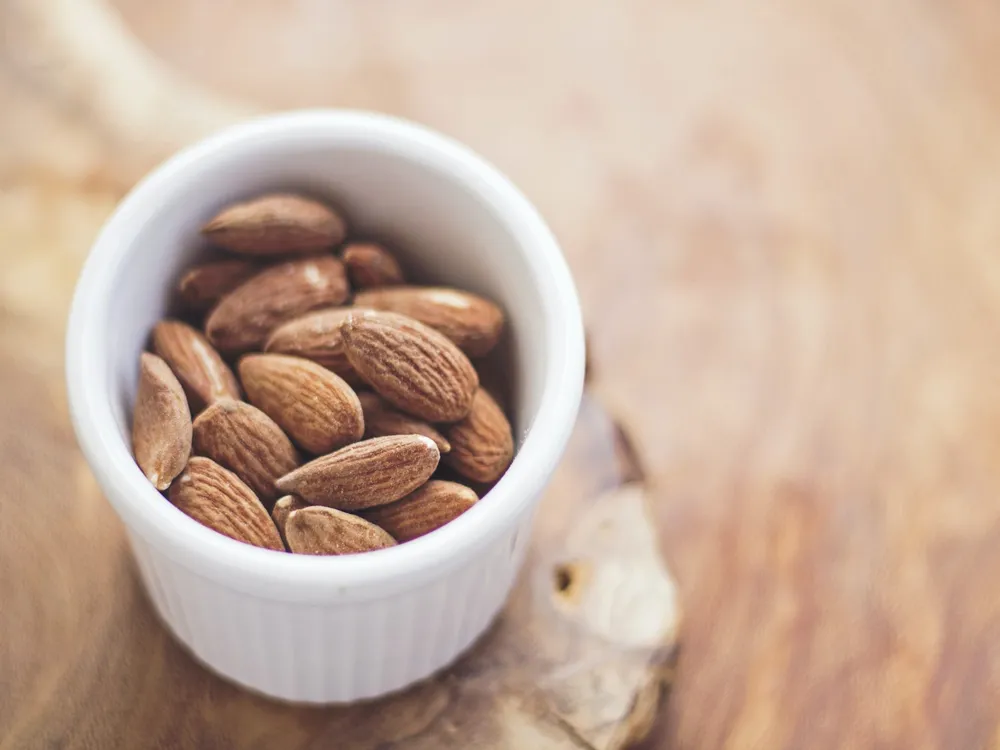The Independence Palace, also known as Reunification Palace, stands as a symbol of historical significance in the heart of Ho Chi Minh City, Vietnam. Originally built during the French colonial era and later rebuilt in the 1960s, the palace has witnessed pivotal moments in Vietnam's history. It was here that the end of the Vietnam War was marked on April 30, 1975, when a North Vietnamese Army tank crashed through its gates, leading to the reunification of North and South Vietnam. Spanning over an area of 12 hectares, the Independence Palace is not just a tourist attraction but a beacon of Vietnamese culture and heritage. The palace's architecture, designed by architect Ngo Viet Thu, is a remarkable blend of traditional Vietnamese elements with modernist styles, making it a unique structure in Vietnam's architectural landscape. This iconic building has five floors, two basements, and a heliport, each narrating a different story of Vietnam's past. As you walk through the palace, you'll encounter numerous rooms and halls, each serving a distinct purpose. The Cabinet Room, the Presidential Office, the Banquet Hall, and the Residential Quarters are just a few of the significant spaces that give insights into the life and administration of the former presidents of South Vietnam. Not to forget, the lush gardens surrounding the palace add to its serene and majestic ambiance, creating a tranquil oasis in the midst of the bustling city. The palace's historical significance is further amplified by its extensive collection of artifacts and exhibits. From original furniture and presidential gifts to photographs and personal belongings of former presidents, these exhibits provide a deeper understanding of Vietnam's turbulent history and the palace's role in it. The Independence Palace isn't just a monument; it's a storytelling canvas, reflecting the struggles and triumphs of a nation. The Independence Palace, a masterpiece of modernist architecture, is a vivid embodiment of Vietnam's rich architectural heritage fused with contemporary design. Ngo Viet Thu, the first Vietnamese architect to study in the United States, masterminded this iconic structure. His design philosophy was heavily influenced by Feng Shui principles and modernist architectural trends, which is evident in the palace's layout and design elements. The palace's exterior is a striking example of modernist architecture, characterized by clean lines, geometric shapes, and an open layout. The façade, adorned with long, horizontal lines and a blend of white and cream hues, exudes a sense of elegance and simplicity. The building's symmetry and balance reflect the Feng Shui influence, believed to bring harmony and prosperity. Inside, the palace is a labyrinth of rooms and halls, each designed with a specific purpose and style. The State Room, used for official receptions, is a testament to opulence with its lavish decorations and exquisite furnishings. In contrast, the president's living quarters are much more understated, reflecting his personal taste and lifestyle. One of the most intriguing architectural features is the bunker system in the palace's basement. Designed during the Vietnam War, these bunkers were equipped with state-of-the-art communication systems and served as a strategic command center. The juxtaposition of this war-era feature with the palace's otherwise serene ambiance is a stark reminder of Vietnam's tumultuous history. The palace's architecture extends beyond the building itself, with the surrounding gardens playing a crucial role in the overall design. These gardens are not just aesthetic elements but are integral to the Feng Shui of the palace, contributing to the harmony and balance of the structure. The combination of architecture and landscaping makes the Independence Palace a holistic masterpiece, embodying both the cultural ethos and the historical narrative of Vietnam. Before visiting the Independence Palace, it's essential to plan your trip. The palace is open from 8:00 AM to 4:00 PM, except during official events. Check the palace's website or contact them directly to confirm the opening hours and any special events that might affect your visit. As a site of historical significance, it's important to dress respectfully. Comfortable, modest attire is recommended, especially if you plan to explore the extensive grounds and gardens. To get the most out of your visit, consider hiring a guide. Guides can provide in-depth information about the palace's history, architecture, and significance, enhancing your understanding and appreciation of the site. Photography is allowed in most areas of the palace, but be mindful of restricted areas and signage. The palace's architecture and gardens offer great opportunities for photography, so bring your camera. The Independence Palace is accessible to visitors with mobility challenges. However, it's advisable to check in advance about specific accessibility arrangements. The Independence Palace is located in the heart of Ho Chi Minh City and is easily accessible by various modes of transportation. If you're staying in the city center, the palace is within walking distance from many hotels and hostels. Alternatively, you can take a taxi, which is a convenient and affordable option in Ho Chi Minh City. For those preferring public transport, buses are available, with several routes passing near the palace. Check the local bus schedules and routes for the most convenient option. If you're looking for a more adventurous mode of transportation, consider renting a motorbike, a popular choice in Vietnam, allowing you the flexibility to explore the city at your own pace. No matter how you choose to get there, visiting the Independence Palace is a journey into the heart of Vietnam's history and culture, making it a must-visit destination in Ho Chi Minh City. Read MoreOverview of Independence Palace in Ho Chi Minh City
Architecture of Independence Palace
Tips for Visiting Independence Palace
Plan Your Visit
Dress Appropriately
Hire a Guide
Photography Tips
Accessibility
How To Reach Independence Palace
Independence Palace
Ho Chi Minh City
₹ 17,501 onwards
View ho-chi-minh-city Packages
Weather :
Tags : Forts & Palaces
Time Required : 2 - 3 hours
Opening Hours : 7:30 AM to 11:30 AM and 13:00 PM to 16:00 PM.
Entry Fee : Adults - VND 40,000
Children - VND 20,000
Planning a Trip? Ask Your Question
Also Refered As:
Reunification Convention Hall
Ho-chi-minh-city Travel Packages
View All Packages For Ho-chi-minh-city
Top Hotel Collections for Ho-chi-minh-city

Private Pool

Luxury Hotels

5-Star Hotels

Pet Friendly
Top Hotels Near Ho-chi-minh-city
Other Top Ranking Places In Ho-chi-minh-city
View All Places To Visit In ho-chi-minh-city
View ho-chi-minh-city Packages
Weather :
Tags : Forts & Palaces
Time Required : 2 - 3 hours
Opening Hours : 7:30 AM to 11:30 AM and 13:00 PM to 16:00 PM.
Entry Fee : Adults - VND 40,000
Children - VND 20,000
Planning a Trip? Ask Your Question
Also Refered As:
Reunification Convention Hall
Ho-chi-minh-city Travel Packages
View All Packages For Ho-chi-minh-city
Top Hotel Collections for Ho-chi-minh-city

Private Pool

Luxury Hotels

5-Star Hotels

Pet Friendly







